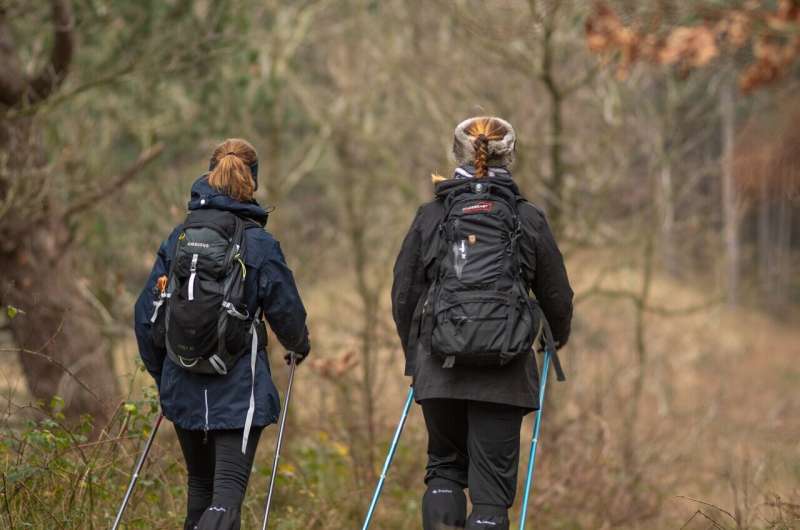The Fundamental Importance of Movement for Lifelong Bone Health

Regular physical activity and reducing sedentary behavior are essential for maintaining strong bones and preventing fractures throughout life. Discover how lifestyle choices impact skeletal health across all age groups.
A comprehensive review by the International Osteoporosis Foundation (IOF) Rehabilitation Working Group emphasizes the significant influence of lifestyle factors—particularly physical activity and sedentary habits—on maintaining bone health throughout a person's life. The review highlights that engaging in regular physical activity, especially weight-bearing and resistance exercises, enhances bone mineral density (BMD) and lowers the risk of fractures across all age groups. Conversely, prolonged sitting and physical inactivity can negatively impact skeletal health, even in individuals who otherwise exercise regularly.
The study, titled "The Impact of Sedentary Behavior and Physical Activity on Bone Health," synthesizes evidence from numerous epidemiological studies, systematic reviews, and meta-analyses, demonstrating that sedentary behavior independently contributes to increased fracture risk and bone loss, especially among frail and pre-frail populations.
Notably, even light-intensity activities like walking can offer measurable benefits by replacing sedentary time, particularly in older adults and postmenopausal women. The promotion of early and continuous physical activity, aligned with World Health Organization guidelines, emerges as an effective strategy for preserving skeletal health and preventing osteoporosis-related fractures.
Findings underscore that physical activity and sedentary behavior are modifiable and independent factors influencing bone strength. This insight calls for public health initiatives and clinical practices to not only advocate for increased physical activity but also to reduce prolonged sedentary periods.
According to Professor Olivier Bruyère, co-chair of the IOF Rehabilitation Working Group, "Bone health depends on both engaging in regular physical activity and minimizing sitting time. In children, excessive sitting hampers bone development, while in adults and seniors, inactivity accelerates bone deterioration. Even light daily activities, like walking, can provide health benefits, particularly for older adults and postmenopausal women."
The statement from IOF President Professor Nicholas Harvey and IOF CSA Chairman Professor Eugene McCloskey emphasizes the importance of early intervention and sustained activity promotion throughout life. They advocate for comprehensive public health policies that encourage active lifestyles and the reduction of sedentary behavior to optimize bone health and prevent fractures.
Source: https://medicalxpress.com/news/2025-09-critical-role-movement-lifelong-bone.html
Stay Updated with Mia's Feed
Get the latest health & wellness insights delivered straight to your inbox.
Related Articles
Groundbreaking Research Confirms Effectiveness of Intranasal Insulin Delivery for Alzheimer's Treatment
A new study confirms that intranasal insulin delivered via nasal spray effectively reaches the brain's memory regions, paving the way for innovative Alzheimer's therapies and personalized treatment options.
How Nerve Cells in Fat Tissue Influence Obesity and Metabolic Health
New research uncovers how nerve cells sensing mechanical forces in fat tissue influence obesity and metabolic health, opening new avenues for treatment strategies.
New Research Highlights the Importance of Smoking Status in Lung Cancer Staging
Recent research reveals that smoking status significantly impacts lung cancer survival and should be considered in cancer staging, highlighting the importance of smoking cessation in improving patient outcomes.
Expanded Health Checkup Programs Offer Benefits for Self-Employed and Unemployed Populations
A new study reveals how expanded standardized health checkup programs significantly reduce lifestyle-related diseases among self-employed and unemployed populations, while also being cost-effective for governments. Learn about the positive health and economic impacts of targeted preventive care.



